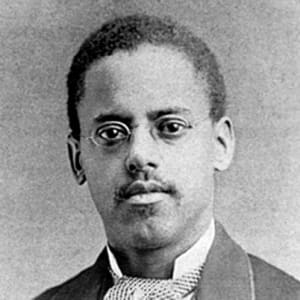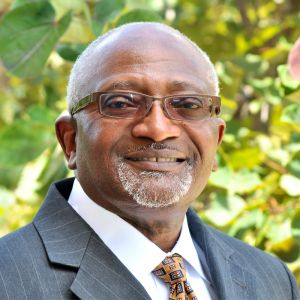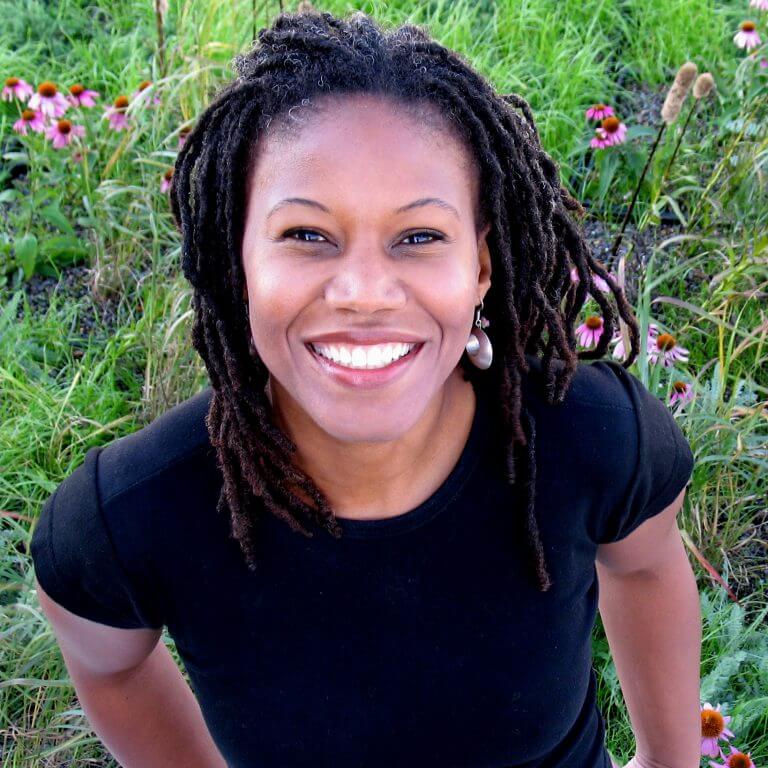Celebrating Black History Month: African American Innovators and Environmental Leaders
By Joed Quaye, Bethesda Green Urban Alliance Intern
It’s that time of year again, Black History Month! Black History Month is an annual celebration of African American achievements where we recognize the crucial role African Americans played in building the United States and spotlight the African diaspora.
It’s important that we acknowledge these successes because it’s too often that we overlook the importance of certain contributions and how they came about. African Americans have been at the forefront of the advancement of science and technology in the United States since the beginning. Some African American innovators include Garret Morgan, Madam C.J. Walker and Thomas Jennings. Additionally, some prominent African Americans are known for their commitment to making the world a better place by protecting the environment. Some environmental leaders include Robert Bullard and George Washington Carver.
Lewis Howard Latimer (1848-1928)
At a young age, Latimer showed great interest in performing arts, writing and literature. He also had strong feelings toward slavery and discrimination due to his father’s status as a runaway slave. So, at the age of 16, faking his age, he enlisted in the Union Army during the civil war. After an honorable discharge after about a year, Latimer obtained a job at a patent solicitor firm, where he cultivated an interest in drafting. After watching other employees and practicing, he was promoted to the position of chief draftsman. Later in his career, he worked with other prominent individuals such as Alexander Graham Bell and Thomas Edison on notable patent drafts including the telephone and the light bulb. Arguably, Latimer is most known for his patent drafts of the incandescent light bulb. Learn More.
Madam C.J. Walker (1867-1919)
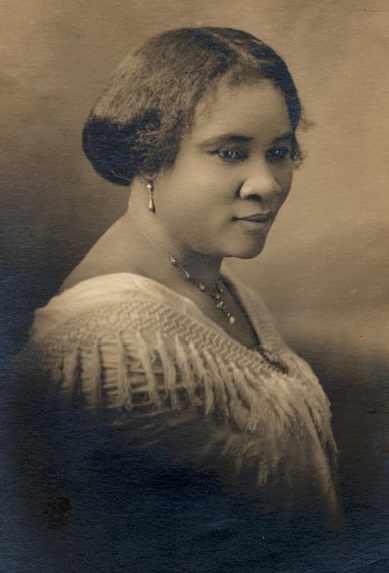 Image Source: Wikipedia
Image Source: Wikipedia
Sarah Breedlove a.k.a. Madam C.J. Walker was an entrepreneur, activist, and philanthropist. Born the daughter of sharecroppers, she started out as a farm laborer and laundress. In the 1890s, Sarah began to experience hair loss and started experimenting with different hair care products. Eventually, she developed her own product and sold it to others. Over time, she built a business empire providing beauty products for Black women. She became the first Black female millionaire & used her fortune to support Black organizations and women’s education. Learn more.
Garrett Morgan (1877-1963)
 Image Source: U.S. Department of Transportation
Image Source: U.S. Department of Transportation
Morgan was born in 1877 as the child of two-former slaves. In his early life, he worked as a handyman and repairman, often repairing mechanical devices such as the sewing machine. By 1909, Morgan had owned two businesses, a garment shop and a repair shop. Using the money he earned, he was able to start a newspaper called the “Cleveland Call,” which became known as one of the most prominent African American newspapers in the nation. After witnessing a car accident during a time where traffic signals switched between stop and go instantly, Morgan got the idea to design an automated signal with a warning in-between to help drivers and lessen the probability of accidents. This “warning” was a precursor to the “yellow-light” of today. Morgan later patented the three-position traffic signal in 1923 at the age of 46. Learn More.
Thomas L. Jennings (1791-1856)
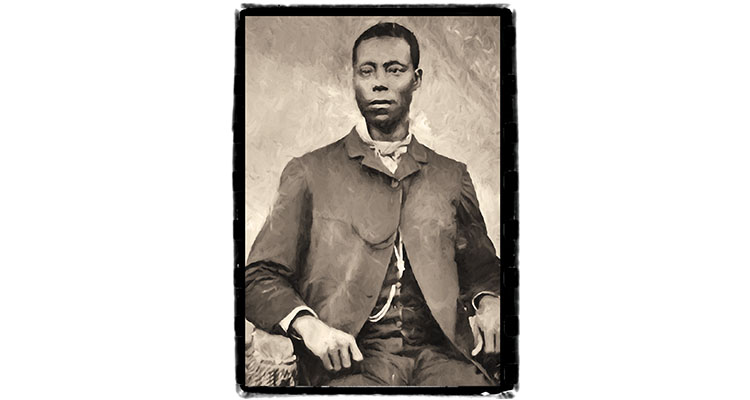 Image Source: Wikimedia
Image Source: Wikimedia
Born a free man in 18th century New York, Jennings started his career as a tailor. Later on, he opened a clothing shop in which he received numerous inquiries on the best way to clean clothing. At the time, because of the material used for most clothes, common cleaning practices proved ineffective in consistent cleaning of clothes. He eventually started his own research and experimentation into different cleaning methods. Jennings is known for his method of “dry-scouring” or dry cleaning, something he invented just a year into his experiments. He was the first African American to receive a patent, which came with intense controversy. People claimed he had no rights to his own invention as a slave, but luckily he was a free man.
Marie Van Brittan Brown (1922-1999)
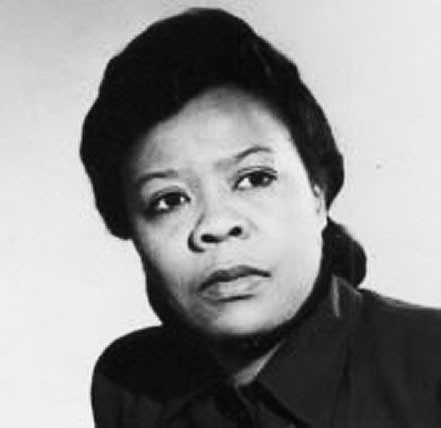 Image Source: Timeline.com
Image Source: Timeline.com
Marie Van Brittan Brown was the inventor of the first home security system. She invented the system along with her husband, Albert, in 1966 and they received a patent in 1969. Born and raised in Queens, New York, Brown and her husband were very much aware of the crime rate in her neighborhood. Additionally, Marie and Albert both had jobs with irregular work hours as a nurse and technician, respectively. Together, they created a security system that included a camera, peepholes, monitors and a microphone. With peepholes set at different heights, a person of any age could see who was at the door. The camera connected to the monitor allowed anyone to see who was at the door from anywhere the monitor is placed inside the house. The microphone allowed the homeowner to communicate with the guest directly. Brown’s invention effectively laid the groundwork for modern home security systems today. Learn More
George Washington Carver (1864-1943)
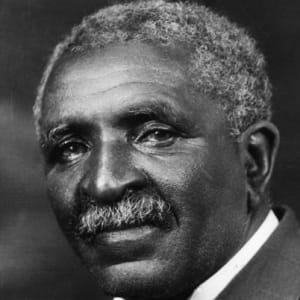 Image Source: Biography.com
Image Source: Biography.com
Arguably one of the greatest agricultural minds in the history of the United States, Carver is known for his numerous inventions involving peanuts, soybeans and sweet potatoes. Born into the malice of slavery, Carver found a home with a white farm owner and his family at a young age. Early on, he developed an affinity for plants and soil in which he often did experiments with natural pesticides and soil conditioners. Later on, Carver attended Iowa State University to study botany and he became the first African American to earn a bachelor’s of science degree. One of his most famous ideas include crop rotation. His work on soil chemistry had demonstrated that the soil had been depleted of its nutrients due to the extensive cotton previously planted. He realized that by planting nitrogen-fixing plants, the soil could be restored for higher yields. Overall, Carver’s contribution to the farming community and environment was and still is invaluable today. Learn More
Robert Bullard (1946-present)
Image Source: Climate One
Known as the “father of environmental justice,” Dr. Robert Bullard received his Ph.D. from Iowa State University, the same institution the famous Geroge Washington Carver had attended. Bullard is the co-founder of the HBCU Climate Change Consortium, a consortium created to raise awareness of the effects of climate change on marginalized communities. Bullard is also known for his numerous books that address issues ranging from urban land use to climate justice. Bullard’s Website
Majora Carter (1966-present)
Image Source: Center for New Economics
Hailing from the Bronx in New York, Carter is known for her focus on urban environmental development. Her very unique perspective draws connections to economic, social and ecological deterioration. Also a real-estate developer, Carter is responsible for various economic developments and infrastructure projects focused on protecting the environment. Her motto “Green the Ghetto!” reflects well on her desire for environmental reform and awareness in urban areas. Learn More
References
Garrett Morgan Patents three-position traffic signal. (2009, November 13). Retrieved February 09, 2021, from https://www.history.com/this-day-in-history/garrett-morgan-patents-three-position-traffic-signal
Lewis Howard Latimer. (2021, January 07). Retrieved February 09, 2021, from https://www.biography.com/inventor/lewis-howard-latimer
Lewis Howard Latimer. (n.d.). Retrieved February 09, 2021, from https://vc.bridgew.edu/hoba/9/
Manos, N. (2019, June 04). Thomas L. JENNINGS (1791- 1856). Retrieved February 09, 2021, from https://www.blackpast.org/african-american-history/jennings-thomas-l-1791-1856/
Bellis, M. (n.d.). Biography of Thomas jennings, First African American patent holder. Retrieved February 09, 2021, from https://www.thoughtco.com/thomas-jennings-inventor-1991311
Hill, R. (2019, October 22). Marie Van BRITTAN Brown (1922-1999). Retrieved February 09, 2021, from https://www.blackpast.org/african-american-history/brown-marie-van-brittan-1922-1999/
Marie Van BRITTAN BROWN. (n.d.). Retrieved February 09, 2021, from https://lemelson.mit.edu/resources/marie-van-brittan-brown
George Washington Carver. (2021, February 04). Retrieved February 09, 2021, from https://www.biography.com/scientist/george-washington-carver
Kaufman, R. (2019, February 21). In search of George Washington carver’s true legacy. Retrieved February 09, 2021, from https://www.smithsonianmag.com/history/search-george-washington-carvers-true-legacy-180971538/
Demby, G. (2014, February 11). George Washington Carver, the Black History MONTHIEST of them all. Retrieved February 09, 2021, from https://www.npr.org/sections/codeswitch/2014/02/11/275330069/george-washington-carver-the-black-history-monthiest-of-them-all
Dr Robert Bullard. (n.d.). Retrieved February 09, 2021, from https://drrobertbullard.com/#
Carter, M. (n.d.). Majora Carter. Retrieved February 09, 2021, from https://www.ted.com/speakers/majora_carter
Bio. (n.d.). Retrieved February 09, 2021, from http://www.majoracartergroup.com/bio.html
About the Author:
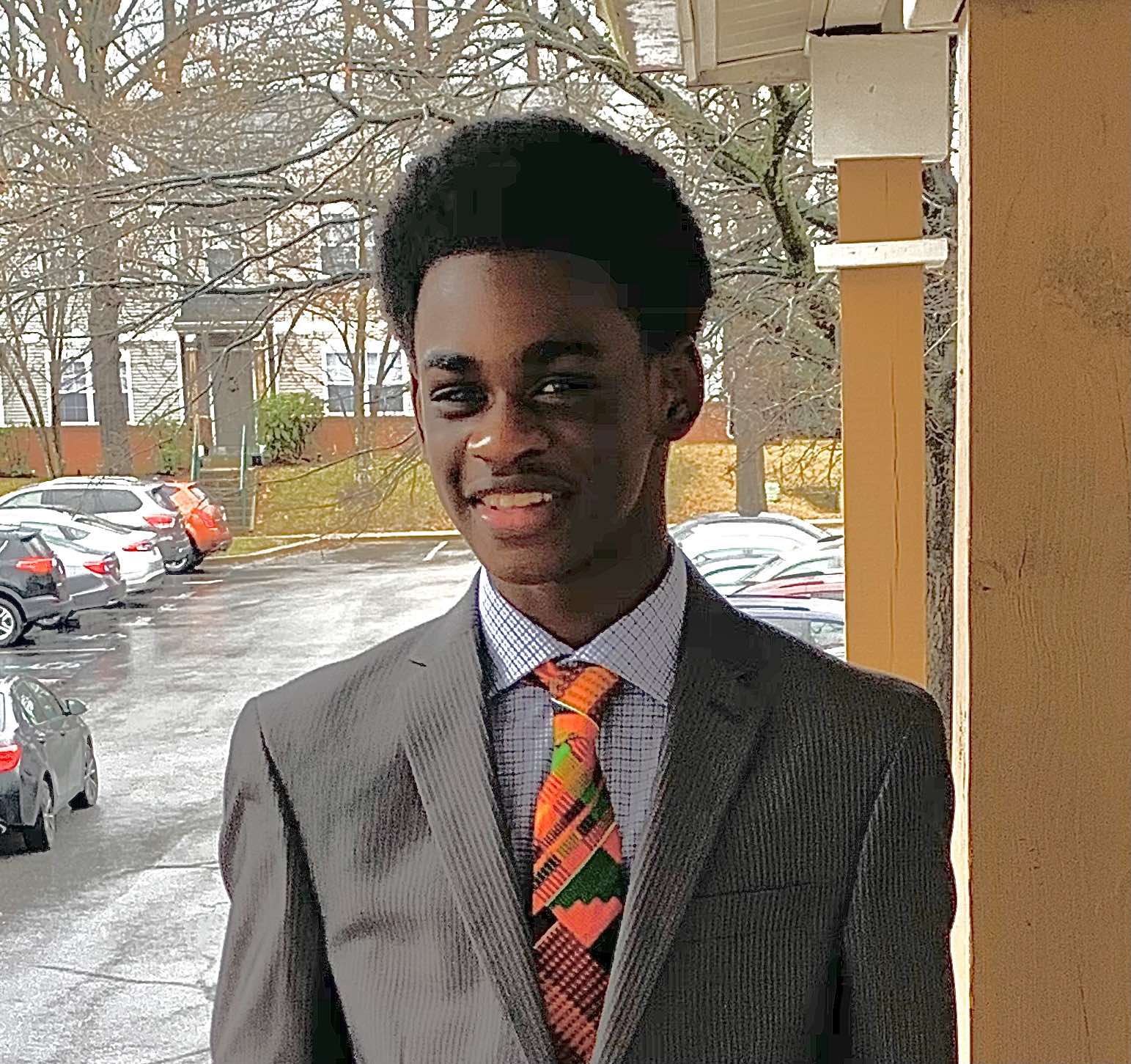 Joed Quaye, Bethesda Green Urban Alliance Intern
Joed Quaye, Bethesda Green Urban Alliance Intern
Joed is a Maryland native, born and raised in Silver Spring. He is currently a senior at Springbrook High School planning to pursue computer science and economics in college.



